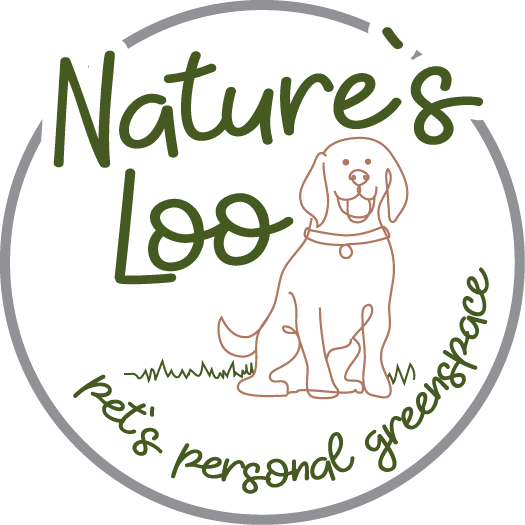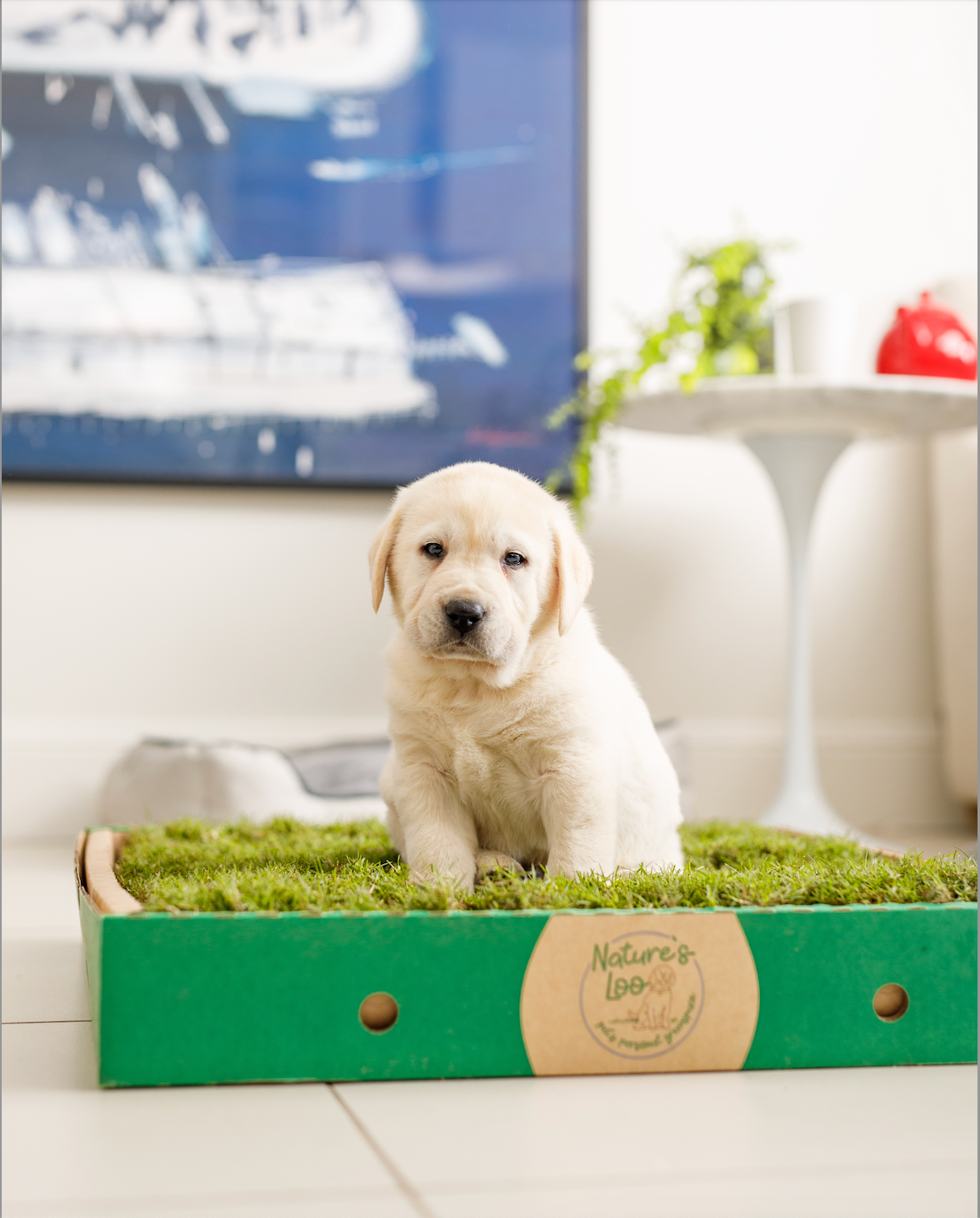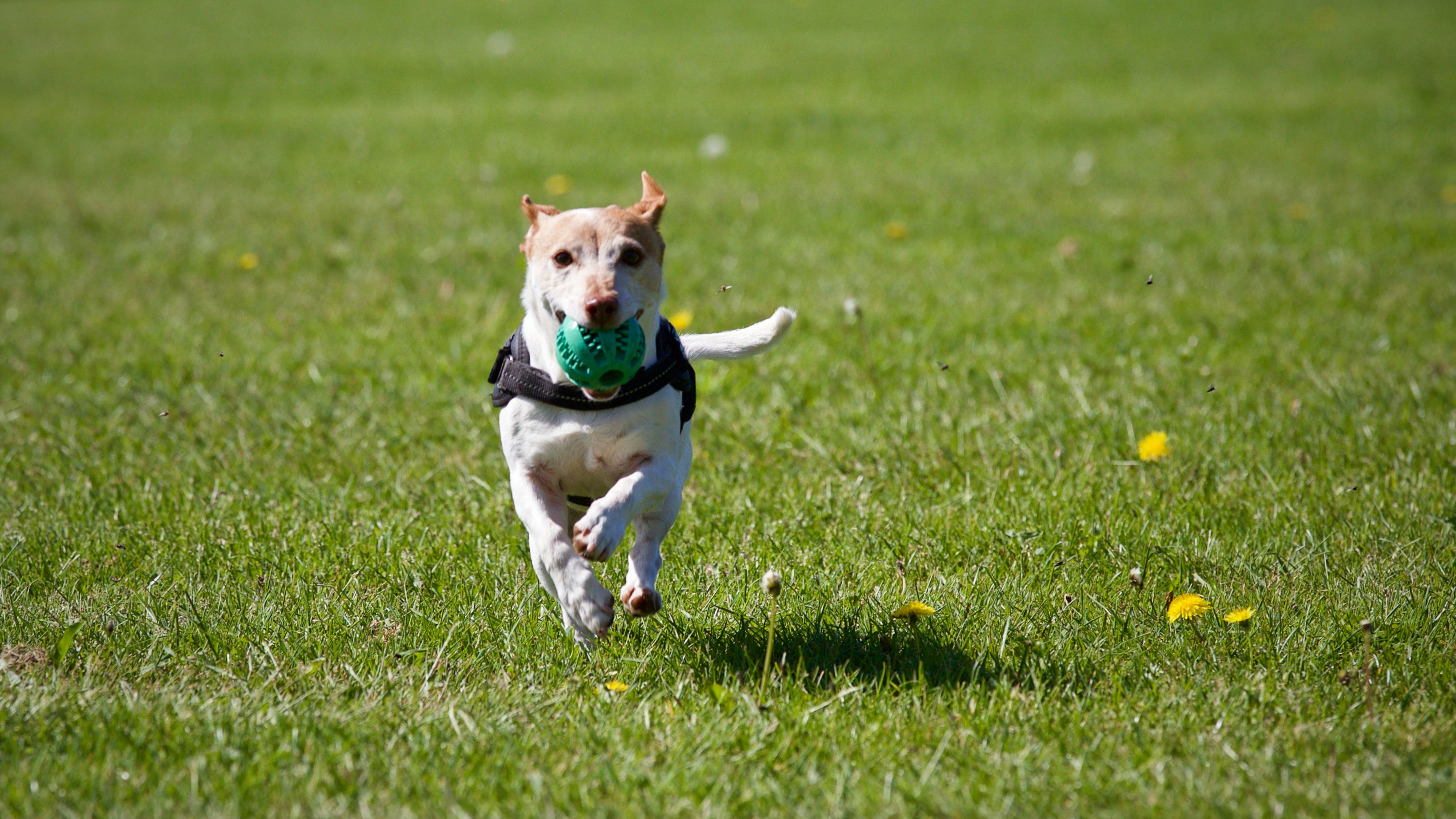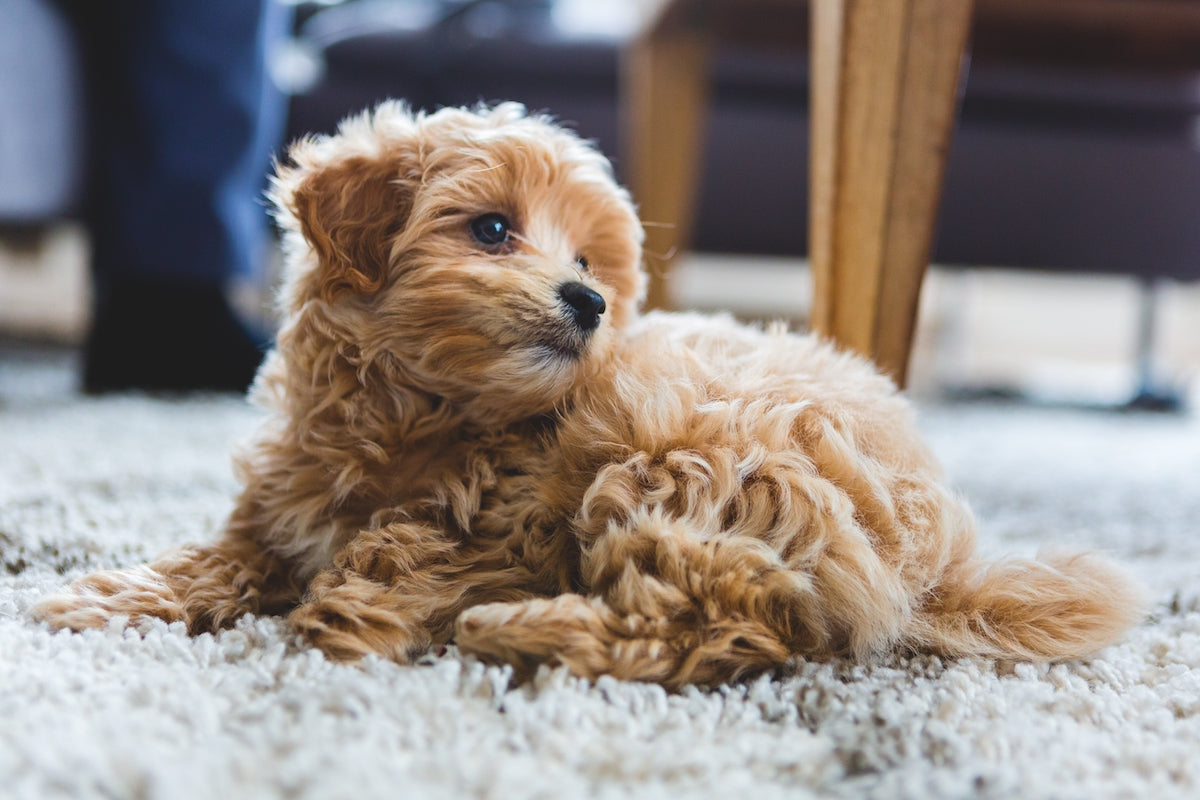
Help! How Can I Stop My Pup from Peeing on the Carpet?
Seeing your dog pee in unwanted spots inside the house can be frustrating; but, as a pet owner, you are responsible for potty training your furbaby. With consistent work and patience, you can address the problem and prevent future incidents.
Whether young or old, dogs need time to adjust to new surroundings. They need to be taught the appropriate places and times to relieve themselves. Puppies are especially attracted to rugs and carpets because they naturally prefer to eliminate on something absorbent. While they are too young to know that it is not okay to pee on the carpet, making an effort to get to an absorbent surface is already a good sign. However, you’ll need to watch out so they don’t develop an unhealthy substrate preference.
What is Substrate Preference?

Substrate preference is when a dog is more inclined to poop on one surface over another. When pups start peeing and pooping on their own, their brain records the feel and smell of the area. They then learn to associate spots that give off the same feeling with peeing and pooping and will seek out that surface repeatedly.
Substrate preference develops at a young age, usually when the puppy is around 8.5 weeks old. As they become adult dogs and step onto a substrate where they’ve pottied on as a puppy, they’re likely to feel like they’ve arrived in the bathroom and start eliminating.
Help Your Dog Develop a Healthy Substrate Preference

The key to potty training and helping your dog develop a healthy substrate preference is following and maintaining a regular routine. Here are some tips to guide you!
Schedule a lot of potty breaks throughout the day.
From feeding to peeing, it’s important to establish a consistent routine. Your dog will have typical bathroom times, so it’s best to stick to a schedule. Remember that puppies will need more bathroom breaks than older dogs, but it’s important to let them go outside or to their designated potty area in the morning after waking up.
Because puppies have a higher metabolism and smaller bladders, they will not be able to hold their urine for long. Take them to their potty area every 1 to 2 hours, especially after meals and playtime.
Let your puppy sniff around before eliminating.

Once your puppy is in the potty area, let it sniff around for a bit. Sniffing is an important part of the elimination process in dogs, so don’t pull your pooch away from what it’s sniffing and keep walking.
If your pup is just ploughing ahead and sniffing, try stopping and then walking quickly back and forth. This movement mimics typical elimination precursor behaviour. Your pup will eventually squat, so pay attention.
When he finishes his business, remember to give him a treat or praise him. This will encourage him to continue the habit of eliminating in the same spot. It will also help him associate the behaviour in that specific location as a good experience.
Let your pup eliminate on the same substrate even when indoors.

If you’ve taught your puppy to do his business on grass but can’t take him to potty outside because of some circumstances, he may look for spots inside the house with the same feel – leading him to pee on the carpet.
To prevent future incidents and to be consistent with your pup’s bathroom habits, choose a litter box with a patch of real grass like Nature’s Loo Real Grass Dog Toilets. The texture and smell of authentic grass will trigger your dog’s natural instincts, making potty training easier.
Clean up after your pet.

Cleaning up after your dog should be done not just out of courtesy but also to avoid spreading contagious illnesses and parasites to other furbabies. Keeping your pet’s bathroom area clean should also be done to reduce allergens and health problems inside the home.
Despite our best efforts, accidents can still happen, so it’s also necessary to clean up the rugs or carpets thoroughly so your dog won’t be encouraged to eliminate on the area repeatedly. For fresh stains, use paper towels or newspapers to soak up the urine and then spread baking soda thinly and evenly across the damp spot. Leave it overnight and then vacuum thoroughly. The goal is to draw out as much of the urine and its odour as possible. You can also use an enzymatic cleaner to get the smell out. These break down pet stains and odours and eliminate them. But make sure the room is well ventilated and your pets are not around when you use it.
With a Real Grass Dog Toilet, clean up is quick and easy. It offers natural moisture absorption and odour neutralising properties, so you can easily remove solid waste and just lightly spray it with a fine mist 2 to 3 times a week. It’s also recommended to expose the grass to sunlight for 1 to 2 hours daily.
Stopping your pup from peeing on the carpet doesn’t happen overnight, but potty training can be a fun and rewarding experience for both you and your pup. Remember, this will help them grow to be happier, more confident dogs!
